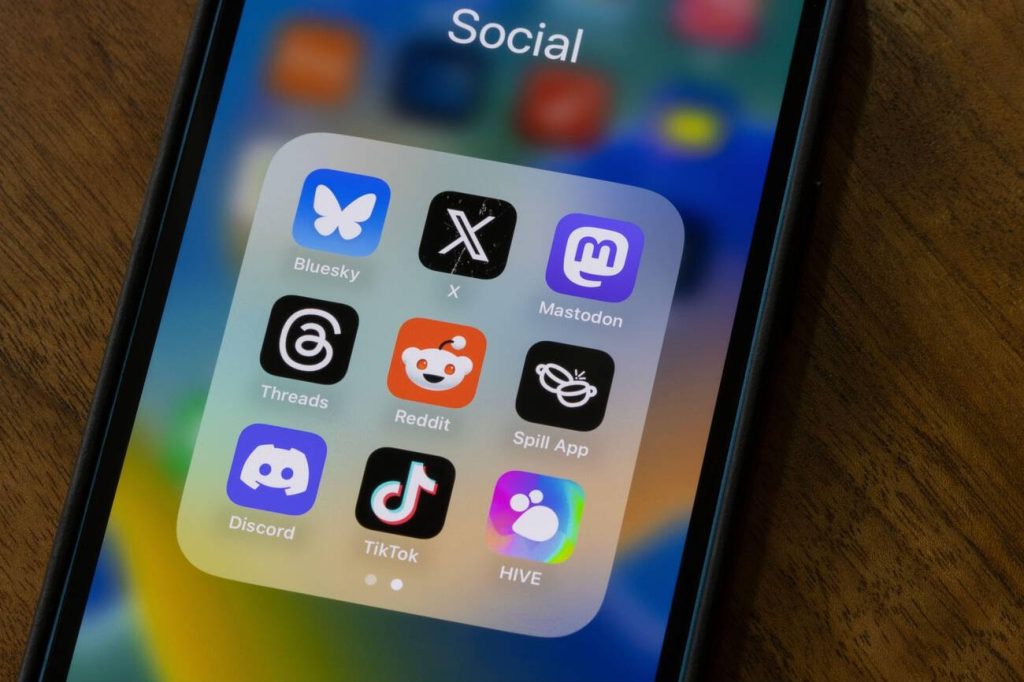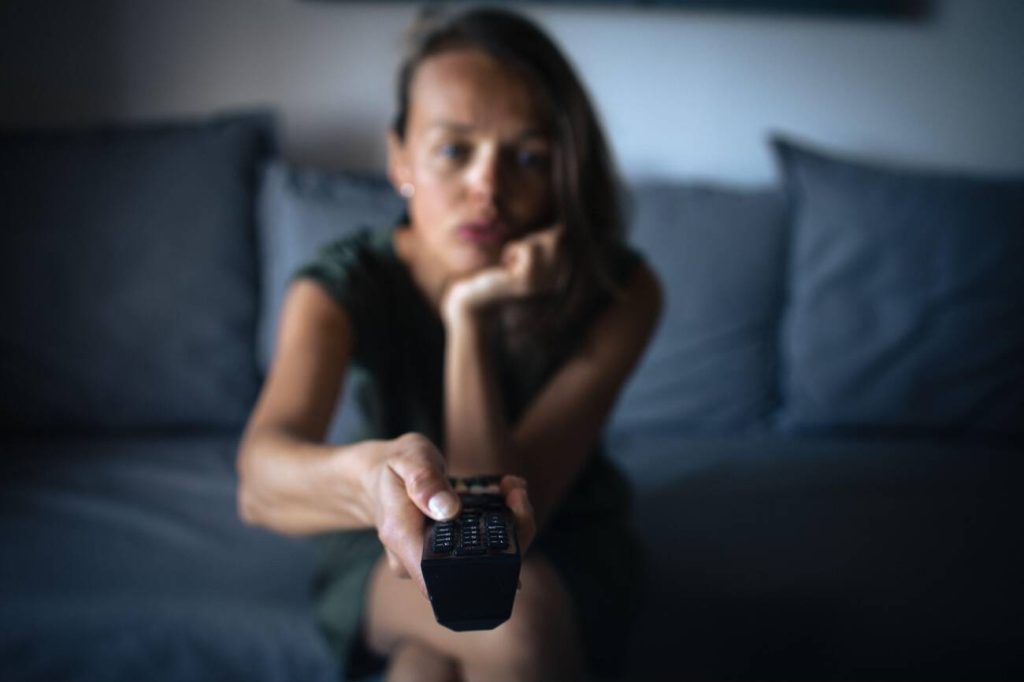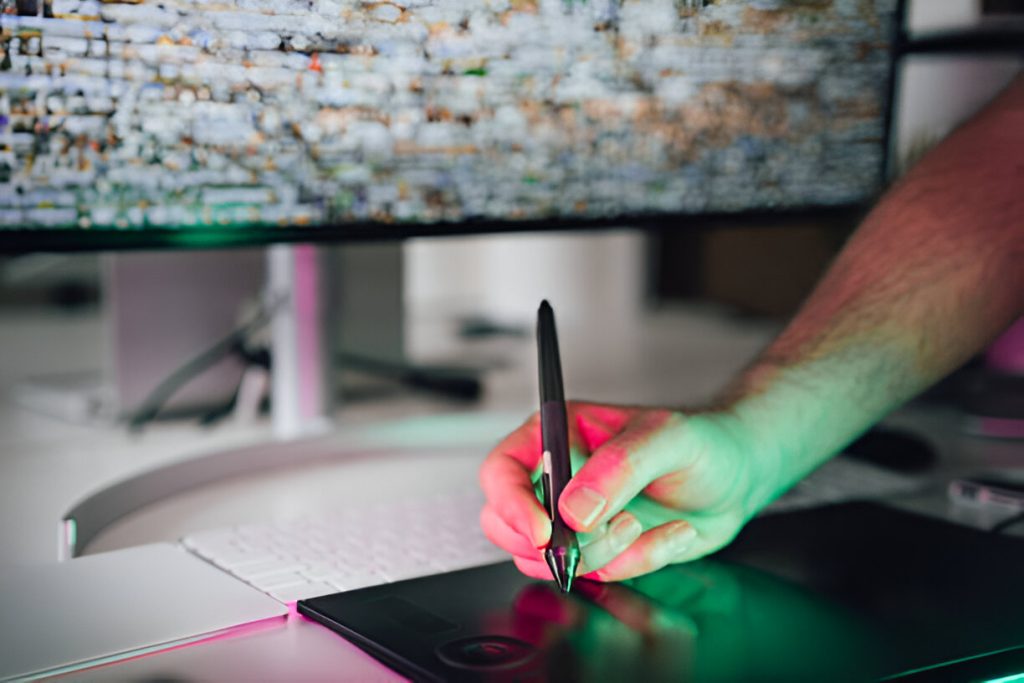Digital art is the practice of expressing creativity through computer-based means and technologies to produce artistic expressions and graphics. Unlike ordinary art, which involves the use of liquid paints, brushes, canvas, and other such art materials, digital designs are done using programs and software through compatible devices. Much like the variety of best streaming services available, digital art offers a diverse range of styles and techniques that appeal to different tastes and preferences.
Computer graphic design has become an awesome platform for designing modern art with high precision to create graphic art, illustrations, digital paintings, animations, and so on. With the tech sector continually evolving, tools for digital design are more powerful and accessible than ever. It does not matter whether you are talented naturally or learned in school to be an accomplished artist in the digital space. However, it is still a delicate skill that requires continuous learning and mastering skills to enhance your digital design and create better art.
This blog will guide you through certain aspects of digital design that you may consider to improve your digital art and attract an audience.
Choose the Design Tools
The first step towards digital design is selecting smart tools. Many software programs exist, and each has many advantages and specific properties. Your choice will depend on your entry-level and the kind of art you want to design. For instance, Adobe Photoshop is best suited for image editing, artwork, and designing by mid-level to skilled professionals. It comes with a number of tools and features for developing highly intricate and elaborate designs and patterns. When creating a blog, having an eye for blog design tools can also make your site visually appealing and user-friendly, which is key to keeping readers engaged.
Adobe Illustrator is perfect for creating vector graphics for logos, icons, and illustrations. With vector images, you can enlarge or downsize images without affecting their quality. Alternatively, you may prefer to use Procreate, a go-to app for creating digital paintings and illustrations on an iPad.
Hence, the right tool can be selected depending on your specific needs. By focusing on increasing eCommerce conversion rates through the right digital design tools, you can ensure your designs are optimized for greater online success. Do not rush to prefer any of the tools but try to test as many as possible. Only then can you choose the most suitable option.
Know the Basics
As a condition, you must understand the basics of tech-aided design. Get through the fundamental digital design concepts before using your skills. Understand the tools used and the basic features. The use of layers, for instance, enables you to organize your work and edit one section of your design without affecting other areas. It is worth knowing that most digital design applications rely on the use of layers.
Learn how to control movement and use different brushes in a digital painting and illustration environment. Test how the different brushes are modified to produce specific results.
Selecting tools assist you in selecting only the areas of your design that you wish to modify, while other tools, such as the lasso, magic wand, and marquee, may be useful for you when it comes to color. Hence, understanding these basics will set a foundation from which you can grow in digital design.
Promote Your Digital Artwork
Digital designs belong online, not in gallery showrooms. To get an idea of how good you are and the milestones you are covering, it’s advisable to showcase your creativity through your social media account. Engaging a large audience on social media platforms can help you gain insights and encouragement.
Such platforms also help your content gain the attention it deserves from people outside your followers’ circle. Some artists also engage digital media marketing agencies such as Getlikes.com to increase engagement with their art through likes, comments, shares and saves on Instagram, Facebook, and TikTok.
They may also feature interesting advertisements that will increase the level of activity on your profile and help you get your posts in front of users who are interested in digital art. That means your ads are displayed to people who are genuinely interested in your artwork. Consequently, converting your hard work into business by bringing potential buyers to your page.
Continuous Learning and Practice
It is also good to practice over and over to gain mastery in designing in the digital environment. The more artwork pieces you create, the better you become. Get inspiration from thousands of free tutorials on various websites such as YouTube, Udemy, and Skillshare. These tutorials cover different areas of design and can help you learn a few tricks over time.
Alternatively, if you want to become a professional faster and for business, take formal classes in digital design. Also, attend workshops and seminars to get proper instruction from professional trainers. Engage in design contests to test and develop your creativity and abilities.
Interestingly, the same approach applies when mastering new car accessories; knowing how to use these automotive gadgets effectively can dramatically improve your driving experience. As with design tools, becoming familiar with the latest vehicle tech requires hands-on practice and continuous learning.







